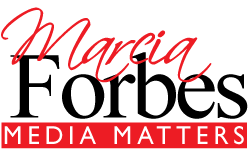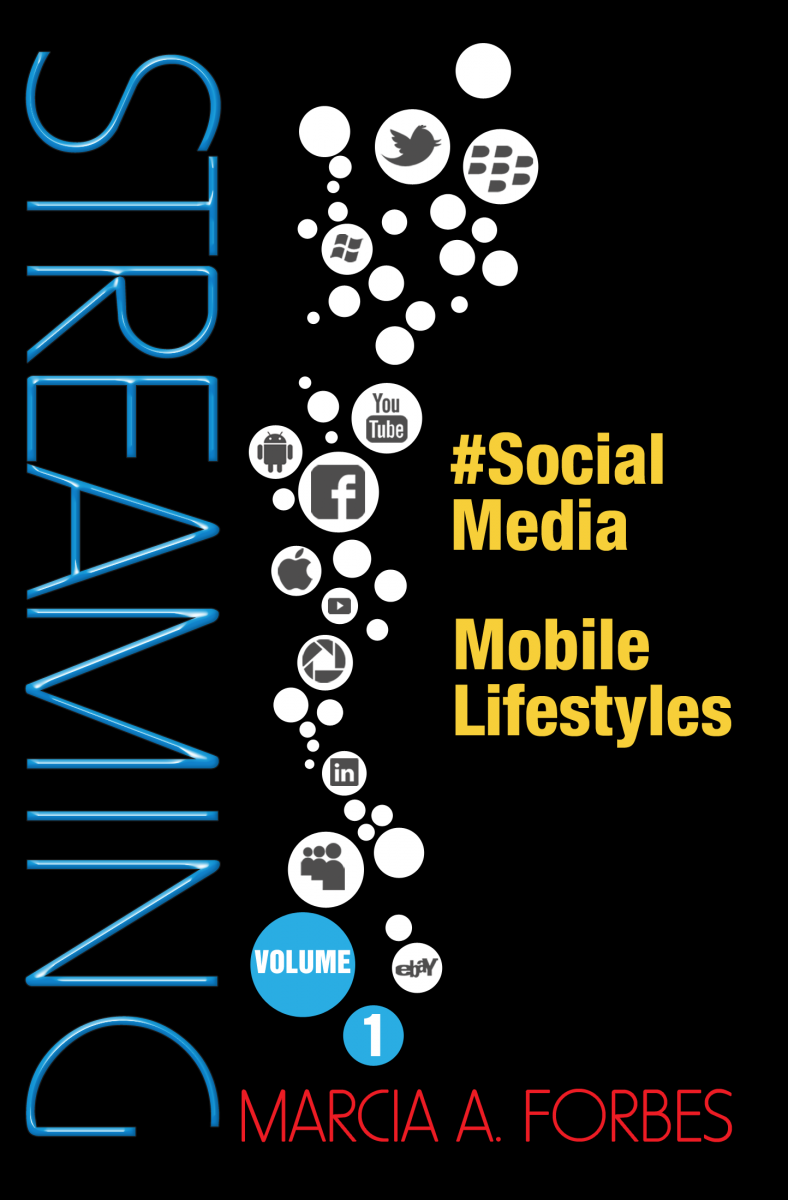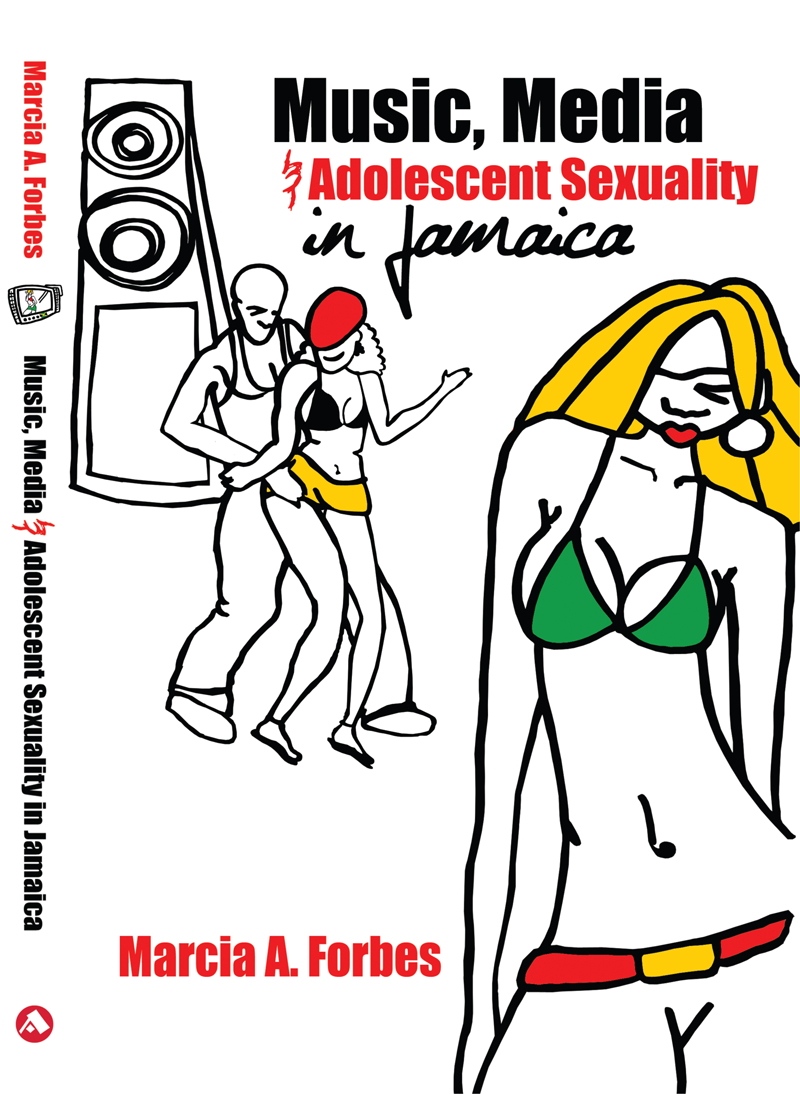Dancehall Dilemma
One Caribbean writer has gone as far as to name Jamaican dancehall music as a possible contributor to the rising incidence of HIV/AIDS stating, 
“Dancehall has been more notorious than any other Caribbean popular music form in terms of its perceived supporting activities which can give rise to the AIDS epidemic.”
(Curwen Best, Caribbean Music and Discourses of AIDS in Small Axe, 1998)
Although this reference was to songs, assuming it is correct, music videos could be similarly and even more heavily indicted since visual images usually serve to emphasize the lyrics.
While attending what was billed as an ‘After Champs Party’ at the end of the 2004 season of the Schools’ Athletic Championship, I heard Vybz Kartel announce on stage that he was just a DJ and not there to save humanity. I also heard this DJ defend his lyrics on a radio programme, stating that his young son knew all the lyrics of his songs and as far as he was concerned behaved no differently from other children his age. It is likely that his son who was about 2 years old at the time may have been too young to fully understand the meanings of the lyrics so whatever influences they may have on his behaviour are yet to be manifested. As he gets older and understands more, Daddy Vybz will be in a better position to judge. Right now Baby Vybz is probably just singing words driven by powerful, catchy rhythms.
It was good to hear that UNICEF and the Ministry of Health were involved with Sting 2005 (billed as a ‘Peace Concert’) because the challenge of gun lyrics, lewd lyrics or sexually explicit lyrics will not be resolved by constantly complaining and dissociation. Constructive engagement is a much more productive approach. Through dialogue and partnerships, bright and very clever DJs like Vybz Kartel will begin to realize that there is much more POWER in the music than they may believe and that DJs do not only have to entertain but can also help to save humanity as well. Most Jamaican DJs are fully capable of doing both. It doesn’t have to be ‘either or’. There is a wonderful little conjunction called ‘and’. I look forward to DJs rising to the challenge of ‘and’.
 The dilemma of Dancehall is that this immensely popular music, dance and culture form has been riddled with conflicts and complaints, so much so that many persons throw the baby out with the bathwater. I don’t want to do that. I enjoy the energy and excitement of Dancehall but sometimes cringe at the lyrics. Why do the songs always have to be about sex or violence, but more recently mainly about sex? Of the 17 types of music videos (based on music genres), dancehall emerged from the survey responses to be the number one genre most likely to make adolescents want to have sex.
The dilemma of Dancehall is that this immensely popular music, dance and culture form has been riddled with conflicts and complaints, so much so that many persons throw the baby out with the bathwater. I don’t want to do that. I enjoy the energy and excitement of Dancehall but sometimes cringe at the lyrics. Why do the songs always have to be about sex or violence, but more recently mainly about sex? Of the 17 types of music videos (based on music genres), dancehall emerged from the survey responses to be the number one genre most likely to make adolescents want to have sex.
In response to the question, “If a boy and a girl were watching music videos to what extent would each of the following types make them want to try to have sex?” Almost 68% of boys and 65% of girls said Dancehall videos would do this either ‘often’ or ‘very often’, as highlighted in Table 1. Dancehall was ‘street and lane’ ahead of the other types of music videos in this regard.
Table 1
Dancehall Videos and Desire for Sex
|
Response Category
|
Females (N=222)
|
Males (N=217)
|
|
Never
|
10.4%
|
13.4%
|
|
Not Often
|
21.6%
|
17.5%
|
|
Often
|
29.3%
|
25.8%
|
|
Very Often
|
36.0%
|
41.9%
|
When asked specifically about themselves and even though some adolescents tried to escape the question, Dancehall still emerged as the type of video which made them most feel to have sex. The question posed was, “Now we really want to know about you, so using the list (of different types of music videos) as a guide, please tell us in ranking order, the three main types …which are most likely to make you want to have sex.”. Table 2 highlights these responses, not just the top 3 but the next 2 as well plus those who said no type of video made them feel to have sex.
Table 2
Music Video Genres & Desire for Sex
|
Music Video Genre
|
Female
|
Male
|
Total
|
|
Dancehall
|
27.5%
|
35.9%
|
31.7%
|
|
Soul
|
20.3%
|
12.4%
|
16.4%
|
|
Reggae
|
5.0%
|
5.1%
|
5.0%
|
|
Hip Hop
|
1.8%
|
7.8%
|
4.8%
|
|
R&B
|
5.4%
|
3.7%
|
4.6%
|
|
None
|
27.5%
|
11.1%
|
19.4%
|
From the two tables we get a good sense of how young people see Dancehall videos in terms of sex. These videos get a large number of them turned on and in a mood for sex. In both tables we see that boys outstrip girls in their reports. It could be that the boys get more turned on or it could just be that they are more honest than the girls or may be it’s because our culture allows boys to admit this more quickly than girls.
We also note the fairly large percentage of girls (27.5%) compared to boys (11.1%), more than double, who indicated that music videos did not make them feel to have sex. Again we are left to speculate somewhat. Are these girls speaking the truth and videos really do not make them feel for sex? Or is it that they felt constrained to say this because they felt they were not allowed to admit to wanting sex? The latter is likely since when we asked about other people, as reflected in the Table 1 responses, we notice that the ‘never’ category of responses from females and males was not as wide, 10.4% compared to 13.4%.
Dancehall faces a dilemma. Despite being the most popular genre of music video among Jamaican youths (Table 3), it constantly comes under scrutiny from parents, policy makers and oversees pressure groups. What will its proponents do to address these concerns? I do not believe that pretending that the complaints will go away is a clever strategy.
Table 3
Most Popular Music Video Genres
|
Dancehall
|
26.7%
|
|
Hip Hop/Rap
|
25.5%
|
|
Reggae
|
16.2%
|
|
R&B/Soul
|
9.6%
|
|
Religious/Gospel
|
8.4%
|


